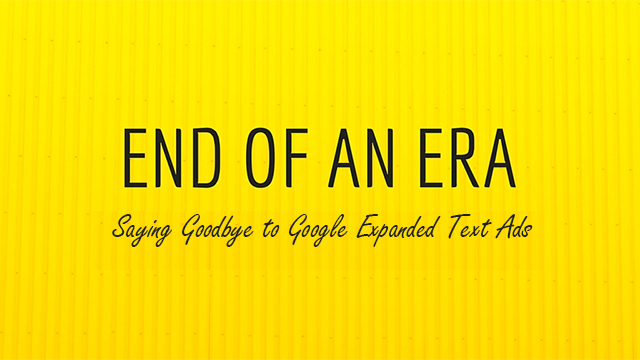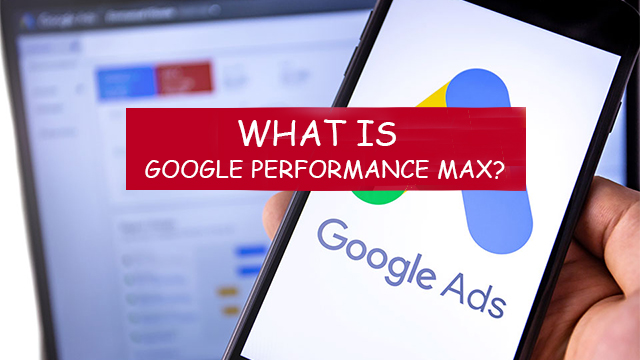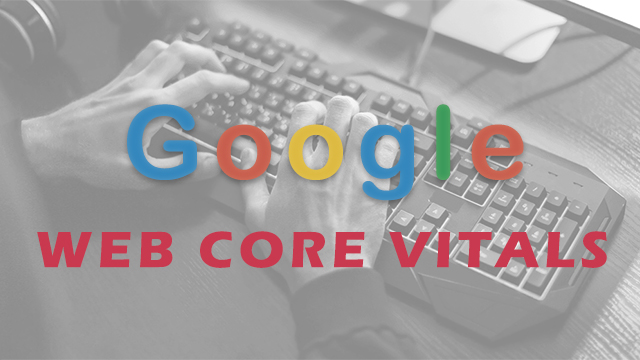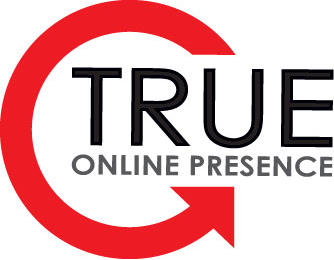
by asplichal | Jul 11, 2022 | Advanced Techniques, Proper Maintenance
As of the beginning of July, Google limited what can be done using Expanded Text Ads. Although Expanded Text Ads still can display, advertisers can no longer create new ads or modify existing expanded text ads. If you are not actively using Google, you may not realize the full ramifications of this change. In a […]

by asplichal | Jun 17, 2022 | Google Shopping, Proper Maintenance
Google recently introduced their new Performance Max bidding strategy to replace the Smart Shopping campaign. Smart Shopping campaigns were introduced a few years ago and have since been touted by Google representatives as the best and easiest way to grow your sales using Google Shopping. There are few things in life that I find are […]

by asplichal | Jul 6, 2021 | eCommerce, Google Shopping, Proper Maintenance
Last year Google introduced their Google Campaign Optimization Score. This score measures how well each Google Ads campaign is rated based on Google’s preferred standards. Rated between 0% and 100%, this score looks like a cut and dry number to measure how well your account is optimized. Optimization score is displayed on all active Search, […]

by asplichal | May 17, 2021 | Advanced Techniques, eCommerce, Proper Maintenance
A hot topic going around right now is ‘website experience ‘or specifically good individual page experiences. But what is a good page experience and how can you measure how good of a page experience your website currently provides to its users? A good page experience (at least defined by Google) revolves around page speed (how […]

by asplichal | Mar 16, 2021 | eCommerce, Google Shopping, Professional Services, Proper Maintenance
Let us start with the basics of how Google Search ads work and then we will discuss the recent change and its importance. When advertising using paid Google Search Ads, advertisers must enter a list of keywords that they wish to trigger their Search ads. These Search ads, when clicked, will redirect users to the […]

by asplichal | Mar 9, 2021 | eCommerce, Google Shopping, Proper Maintenance, Starting With Basics
As an eCommerce marketer you occasionally may find it a challenge keeping your focus where there is the highest opportunity for potential growth. With all the various ways that customers can find your products – email, pay-per-click, organic and direct it can be difficult to know which marketing channel to focus your efforts. More and […]






